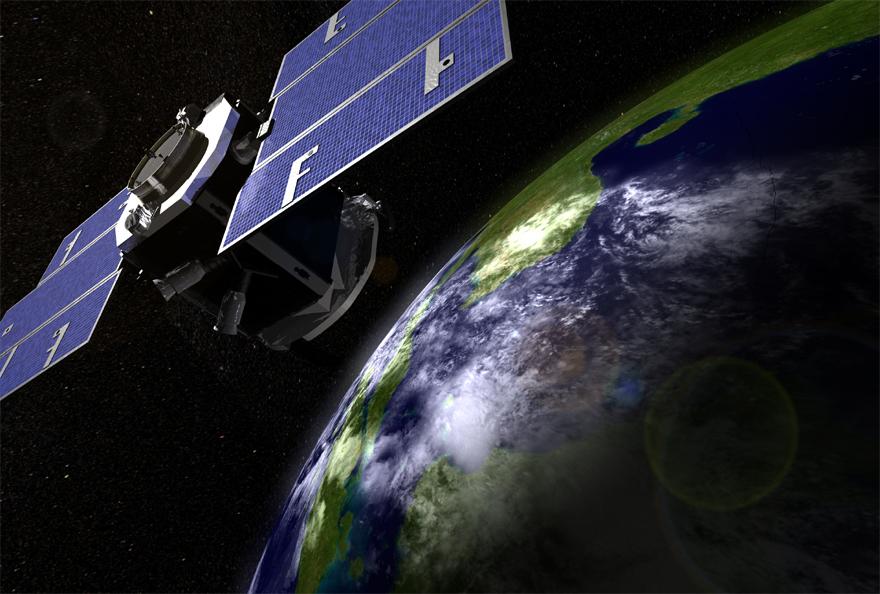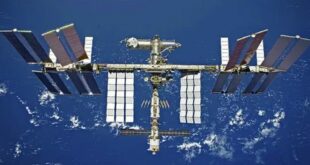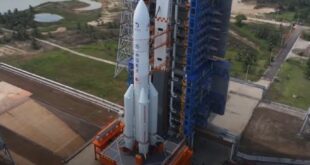
Ibadan, 24 April 2024.- Space Systems Command (SSC)’s Innovation and Prototyping Acquisition Delta has successfully completed the CloudSat mission after almost two decades of providing key discoveries of weather patterns and precipitation observed from space. Space Systems Command’s recently launched Weather System Follow-on Microwave (WSF-M) satellite will continue the U.S. Space Force’s space-based environmental monitoring mission.
The CloudSat mission operated from the Research, Development, Test, & Evaluation Support Complex (RSC) at Kirtland Air Force Base, New Mexico, and was a joint partnership between the DoD Space Test Program (STP), United States Air Force (USAF), United States Space Force (USSF), Canadian Space Agency (CSA), U.S. Department of Energy Atmospheric Radiation Measurement (ARM) Climate Research Facility, Colorado State University Cooperative Institute for Research in the Atmosphere (CIRA), Ball Aerospace & Technologies Corporation, and the National Aeronautics and Space Administration (NASA)’s Jet Propulsion Laboratory (JPL).
The CloudSat satellite used a cloud-profiling radar to measure the vertical structure of clouds from space, producing detailed images of cloud structures. This consequently contributed to a better understanding of cloud thickness, height, water and ice content, and the earth’s climate. Furthermore, RSC space operators controlled, monitored state-of-health and collected satellite telemetry data from the satellite, which the program then distributed to the Data Processing Center (DPC) at Colorado State University in Fort Collins, Colorado.
Speaking about the mission, Col. Joe Roth, director of the Innovation and Prototyping Acquisition Delta and commander of Space Systems Center, Detachment 1, said, “Although the mission has come to an end, the scientific discoveries we captured will be helpful for many years to come in providing a better understanding of the earth’s climate and improvements in weather forecasting.” The Colonel also added, “CloudSat was truly a huge success story and phenomenal partnership from Day One.”
 SpaceWatch.Global An independent perspective on space
SpaceWatch.Global An independent perspective on space




